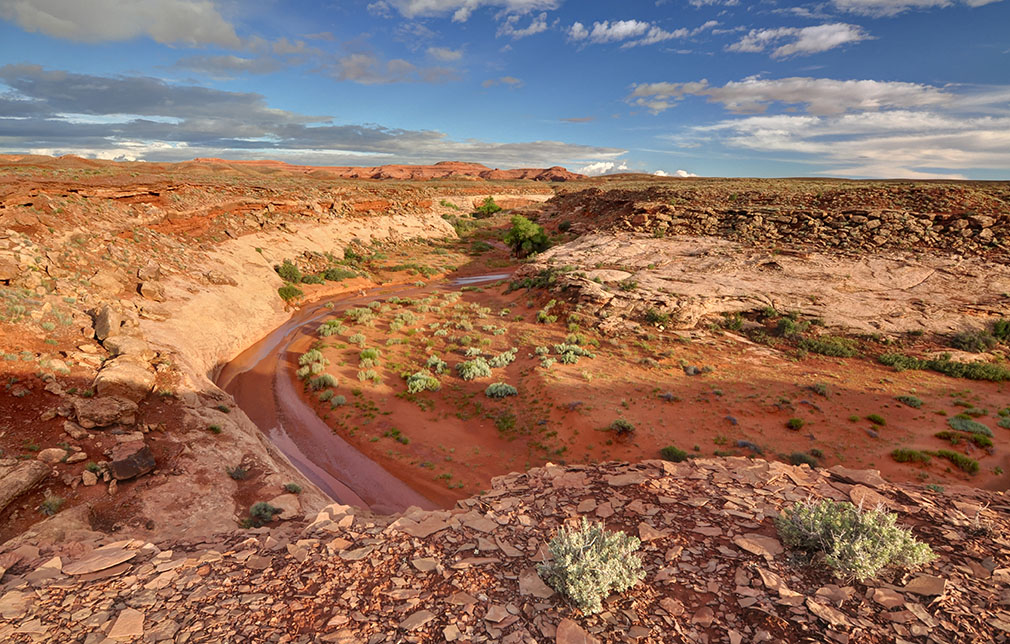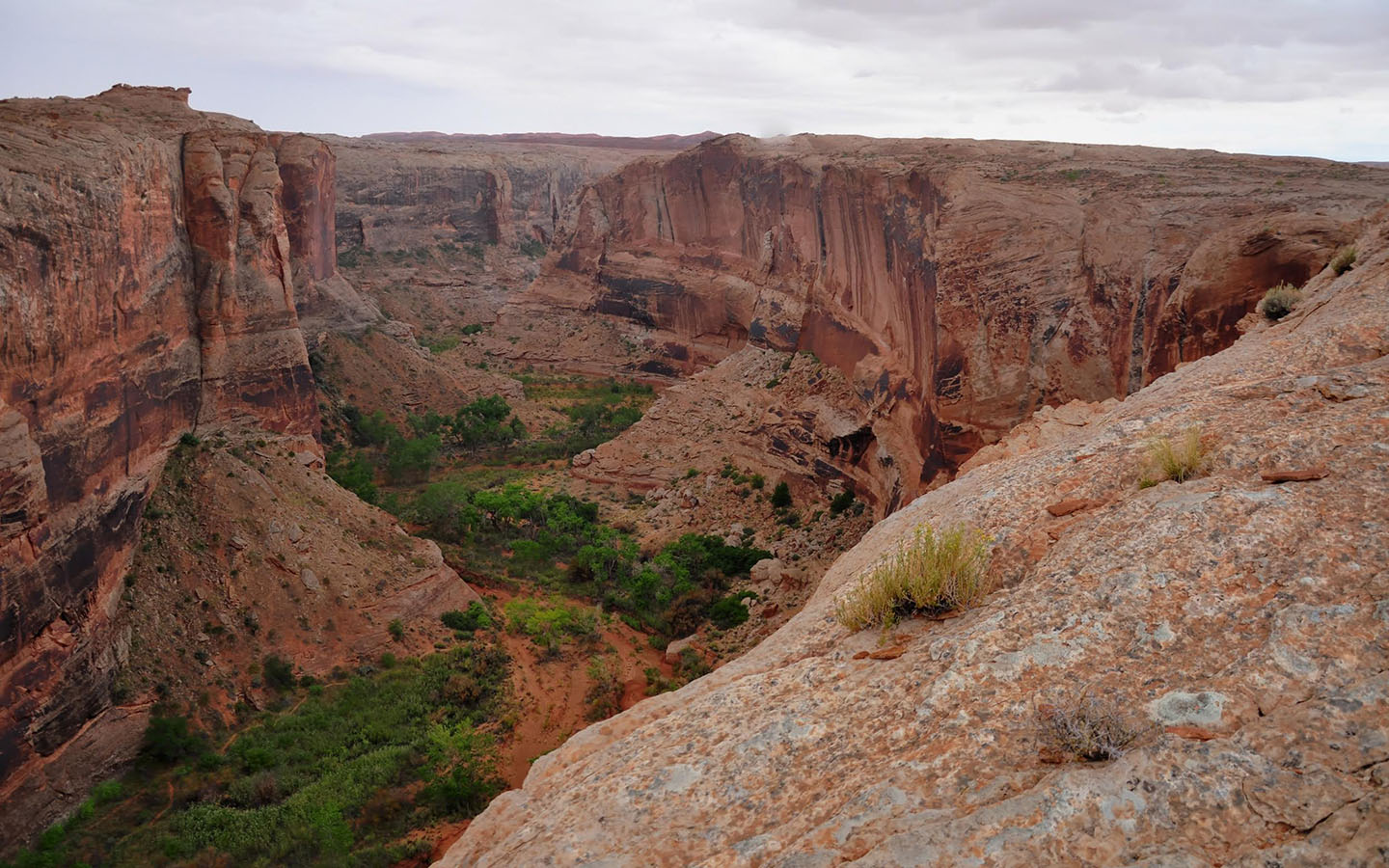For immediate release:
May 17, 2016
Contact:
Stephen Bloch, Southern Utah Wilderness Alliance, 801.428.3981
Salt Lake City – With the hopes of striking a balance between oil and gas development and the conservation of archaeological sites, redrock canyons, and Utah’s richest bee habitat, the Utah State Office for the U.S. Bureau of Land Management (BLM) kicked-off the San Rafael Desert Master Leasing Plan (MLP) process today.
“The San Rafael Desert is a remarkable wilderness landscape with stunning redrock vistas, centuries’ old cultural sites, and a host of native species. We’re looking forward to working with BLM and all stakeholders to revisit the agency’s decisions about whether and where oil and gas leasing and development in this area is appropriate,” said Stephen Bloch, legal director for the Southern Utah Wilderness Alliance.
Located adjacent to the Horseshoe Canyon extension of Canyonlands National Park and immediately northwest of the Glen Canyon National Recreation Area, the greater San Rafael Desert is considered a crown jewel for recreation and conservation values, covering 524,854 acres in Emery and Wayne counties.
The National Outdoor Leadership School (NOLS) joined wilderness advocates in 2010 to nominate the area for the “landscape level approach” to planning, known as an MLP, as a way to avoid future conflicts and ensure that oil and gas development is done responsibly.
“Every year, NOLS courses run the Green River through Desolation and Gray Canyons, and explore the canyon country of the Dirty Devil,” said Andy Blair, NOLS Rocky Mountain Assistant Director. “The San Rafael Desert provides unmatched opportunities to explore amazing redrock canyons and for our students to build life skills experiencing amazing backcountry. We are pleased to see the Utah BLM take a close look at how development occurs to protect the treasured lands and recreation opportunities in the San Rafael Desert.”
In fact, Labyrinth Canyon boasts a 50-mile stretch of the Green River without any rapids or falls. This serene beauty attracts visitors from Utah and all around the world employing outfitters and adding to the diversity of Eastern Utah’s robust recreation economy.
“Latinos have a long and enduring heritage on the Colorado and Wasatch Plateaus starting with the expedition of Fathers Dominguez and Escalante who crossed this area in 1776,” said Camilla Simon, Director of Hispanics Enjoying Camping, Hunting, and the Outdoors. “The Old Spanish Trail crossed the San Rafael region where traders brought goods from Santa Fe to Los Angeles. Latino heritage continues today with Hispanic populations in Price and Green River, Utah.”
The remote Dirty Devil-Robbers Roost canyon system, located in the southwest end of the planning area, also boasts rafting, canyoneering, hiking, and camping opportunities, as well as hunting for big game, such as the rare desert bighorn sheep and pronghorn. The area is also rich in prehistoric and historic archeological sites, as National Park Service and BLM studies suggest that there may be as many as 24 archeological sites per square mile.
“This area is known to contain an unparalleled record of the very first Utahns such as Ice Age hunters who followed the movements of mammoths and mastodons more than 11,000 years ago, and of the Archaic hunters and gatherers who came after, leaving their artistic imprints on the canyon walls and alcoves as a ghostly reminder of 8,000 years of human history, said Jerry Spangler, a Utah-based archeologist.
“Utah BLM is doing right by our history, stakeholders, tribes, and the energy industry to ensure a smart and responsible approach to oil and gas development occurs in the area,” Spangler continued.
In addition to high recreation and cultural values, the San Rafael Desert boasts an astonishingly rich and diverse population of bees and other native pollinators. Researchers from Utah State University have found 49 different genera and 333 distinct species of bees in the area, which is nearly half of all known bee genera in the United States.
“From outstanding recreation opportunities or treasured lands leading into Canyonlands National Park, the San Rafael Desert is a true gem of the West,” said Vicki Mackay, owner of Colorado River & Trail Expeditions. “Utah BLM is doing right by ensuring a thoughtful approach to oil and gas development in the area.”
The San Rafael Desert MLP is the second such planning effort underway in the state. Utah BLM issued the draft Moab MLP in late 2015 with the support of Grand County, the City of Moab, recreation businesses, the Outdoor Industry Association, the Blue Ribbon Coalition, conservation groups, and more.
###


Additional resources:

